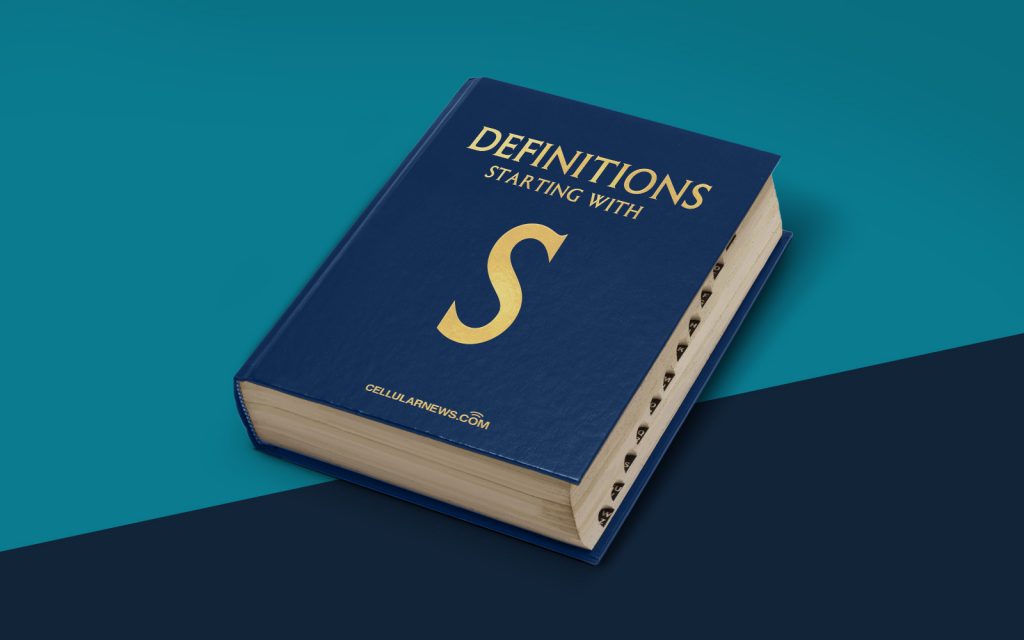
What is Switch Framework?
Welcome to our “DEFINITIONS” category, where we delve into the world of technology to break down complex concepts into simple, easy-to-understand terms. In this post, we are going to explore the Switch Framework and its significance in the world of software development. So, let’s jump right in!
The Switch Framework: Explained
The Switch Framework is a powerful tool used in software development that facilitates the creation and management of dynamic user interfaces. With this framework, developers can build applications that allow users to seamlessly switch between different layouts and views according to their preferences or specific conditions. In other words, it provides a flexible way to adapt your app’s interface based on various scenarios.
Key Takeaways:
- The Switch Framework is a tool used in software development to enable dynamic user interface switching.
- It provides developers with the ability to adapt app interfaces based on user preferences or specific conditions.
Now that we have a basic understanding of what the Switch Framework is, let’s explore why it is essential and some of its key benefits:
The Importance of the Switch Framework
In today’s fast-paced digital world, software applications need to be versatile and adaptable. The Switch Framework plays a crucial role in achieving this by providing developers with a way to create user interfaces that can change dynamically. Here are two key reasons why the Switch Framework stands out:
- Enhanced User Experience: With the help of the Switch Framework, developers can design applications that offer a more personalized and user-friendly experience. Users can easily switch between different layouts or views, tailoring the app’s interface to their specific needs or preferences. This flexibility can significantly improve overall user satisfaction.
- Increased Efficiency: The Switch Framework allows developers to streamline the development process by providing a mechanism to manage different interface states. Instead of building separate screens or views for each scenario, developers can leverage the framework to dynamically switch between predefined layouts or views, reducing development time and effort.
The Switch Framework not only benefits the end-users but also enables developers to create applications more efficiently, ultimately saving time and resources. By leveraging this powerful tool, developers can deliver intuitive and adaptive user interfaces that enhance the overall app experience.
Concluding Thoughts
In conclusion, the Switch Framework is a valuable tool in the software development world. It empowers developers to build applications with dynamic user interfaces, improving user experience and increasing efficiency. By adapting to user preferences and specific conditions, the Switch Framework enables the creation of personalized and user-friendly applications.
We hope this blog post has provided a clear understanding of what the Switch Framework is and why it is important. As technology continues to evolve, it’s essential to stay updated with the latest trends and tools to create impactful software applications. Stay tuned for more informative posts in our “DEFINITIONS” category!
